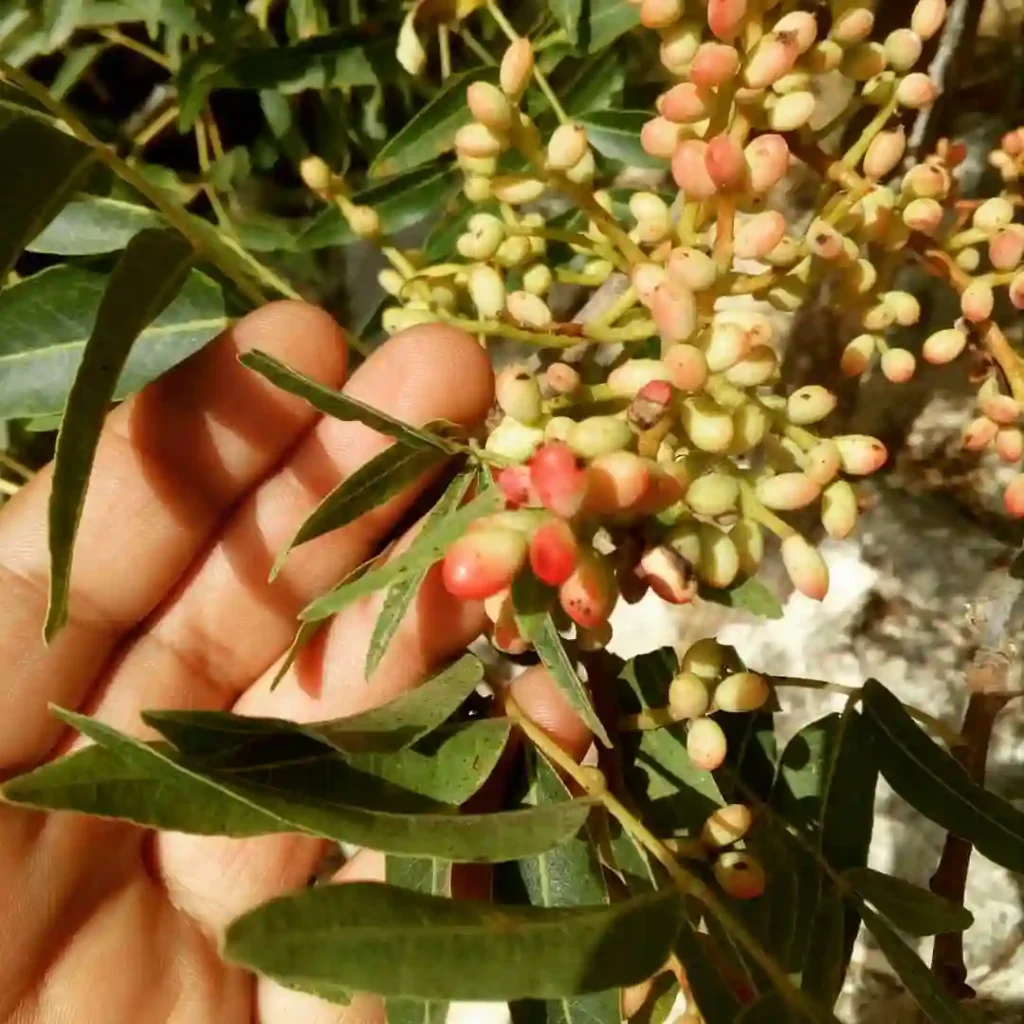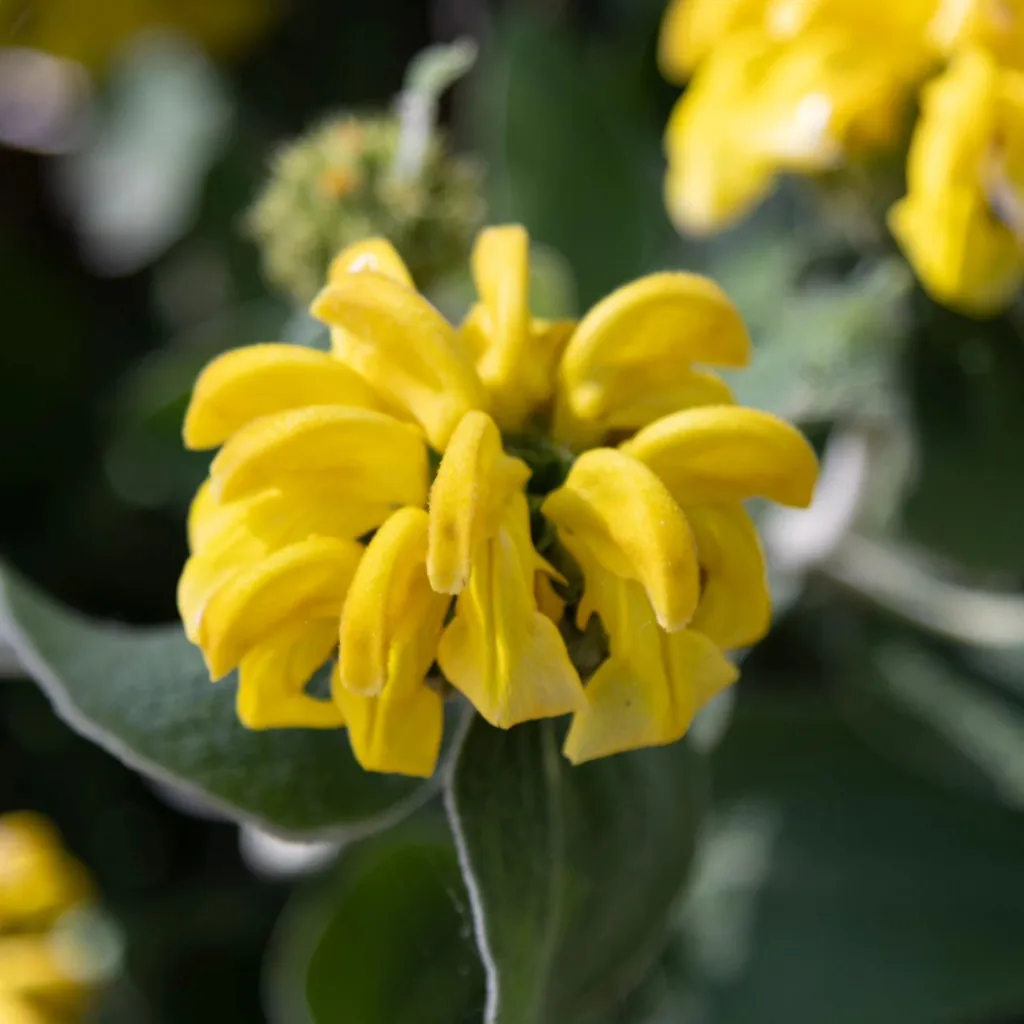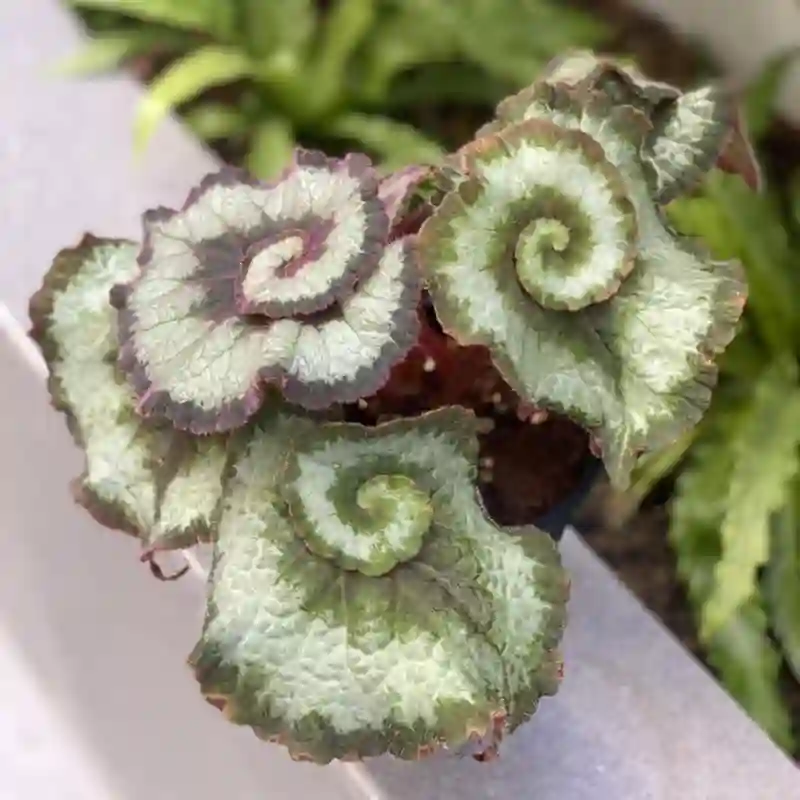FAQs About Citrus Cavaleriei: Everything You Need to Know
I’ve always had a fascination with unique plants, and Citrus Cavaleriei has certainly captured my interest. This lesser-known citrus species, often overshadowed by its more famous relatives like the lemon and orange, is a gem worth exploring. Whether you’re considering adding it to your collection or just curious, here are some frequently asked questions about Citrus Cavaleriei that I’ve gathered from my personal experience and research.
32 Species in Genus Citrus
What Is Citrus Cavaleriei?
Citrus Cavaleriei, also known as the Cavalerie’s Citrus or the Cavalerie Orange, is a citrus fruit native to the subtropical regions of Asia. It’s known for its distinct flavor, which is a bit tangier and less sweet than the common orange. The fruit has a bright orange hue and is slightly smaller compared to other citrus varieties. Its leaves are dark green and glossy, adding an attractive element to its overall appearance.
How to Care for Citrus Cavaleriei?
Caring for Citrus Cavaleriei is a rewarding experience if you get the basics right. Here’s what I’ve learned about keeping this plant healthy:
- Sunlight: Citrus Cavaleriei thrives in full sunlight. Aim for at least 6 to 8 hours of direct sunlight per day. If you’re growing it indoors, a south-facing window is ideal.
- Soil: This plant prefers well-draining soil. A mix of potting soil with perlite or sand works well. Avoid waterlogged conditions, as they can lead to root rot.
- Watering: Keep the soil consistently moist but not soggy. I water mine when the top inch of soil feels dry. During the growing season, more frequent watering is necessary, while in winter, reduce the frequency.
- Fertilizing: Feed Citrus Cavaleriei with a balanced citrus fertilizer every 4 to 6 weeks during the growing season. This helps promote healthy growth and fruit production.
- Pruning: Regular pruning helps maintain the plant’s shape and removes any dead or diseased branches. This also encourages better air circulation, reducing the risk of fungal infections.
How to Propagate Citrus Cavaleriei?
Propagating Citrus Cavaleriei is a bit tricky but achievable. Here’s my approach:
- Cuttings: Take semi-hardwood cuttings from a healthy plant during late spring or early summer. Ensure each cutting has a few leaves and at least one node.
- Rooting Hormone: Dip the cut end in rooting hormone to encourage root development.
- Planting: Plant the cutting in a pot filled with a well-draining rooting mix. Keep the soil moist and cover the pot with a plastic bag to maintain humidity.
- Transplanting: Once roots develop and the new plant shows signs of growth, you can transplant it into a larger pot or directly into the garden.
What to Plant with Citrus Cavaleriei?
Citrus Cavaleriei pairs well with several companion plants. Consider these options:
- Herbs: Planting herbs like basil, mint, or rosemary nearby can enhance the flavor of your citrus and help repel pests.
- Marigolds: These flowers not only add color but also deter harmful insects that might target your citrus.
- Nasturtiums: Nasturtiums act as a trap crop for aphids and other pests, helping to protect your Citrus Cavaleriei.
Is Citrus Cavaleriei Toxic?
Citrus Cavaleriei is generally not toxic to humans or pets. However, as with any citrus fruit, consuming large quantities may cause stomach upset in sensitive individuals. It’s always a good idea to monitor pets around citrus plants, as excessive ingestion of plant parts can occasionally cause digestive issues.
Benefits of Citrus Cavaleriei
Citrus Cavaleriei offers several benefits beyond its unique flavor:
- Nutritional Value: The fruit is rich in vitamin C, antioxidants, and dietary fiber, which contribute to overall health and wellness.
- Aesthetic Appeal: The plant’s glossy leaves and bright fruit make it an attractive addition to any garden or indoor space.
- Culinary Uses: Its tangy flavor is perfect for adding a zesty kick to salads, marinades, and desserts.
Common Problems and Solutions
From my experience, here are some common issues with Citrus Cavaleriei and how to tackle them:
- Pest Infestations: Aphids, spider mites, and scale insects can be problematic. Regularly inspect the plant and use insecticidal soap or neem oil to control infestations.
- Leaf Drop: This can be due to irregular watering or sudden temperature changes. Ensure consistent moisture and avoid placing the plant in drafty areas.
- Fruit Drop: Excessive fruit drop can occur due to over-fertilization or inadequate pollination. Monitor your feeding schedule and consider hand-pollinating if necessary.
Compare with Other Citrus Plants
Citrus Cavaleriei is often compared to more common citrus varieties like the navel orange and lemon. While it shares some similarities, such as its citrusy flavor, it differs in size and taste. Compared to the navel orange, Citrus Cavaleriei is smaller and tangier. It also tends to be more resilient to certain pests and diseases compared to the lemon, which is prone to leaf curl and scale infestations.
In conclusion, Citrus Cavaleriei is a fascinating plant with unique attributes and benefits. With proper care, it can thrive and become a standout feature in your garden or indoor plant collection. I hope these FAQs help you understand and appreciate this citrus gem as much as I do!
If i die, water my plants!



